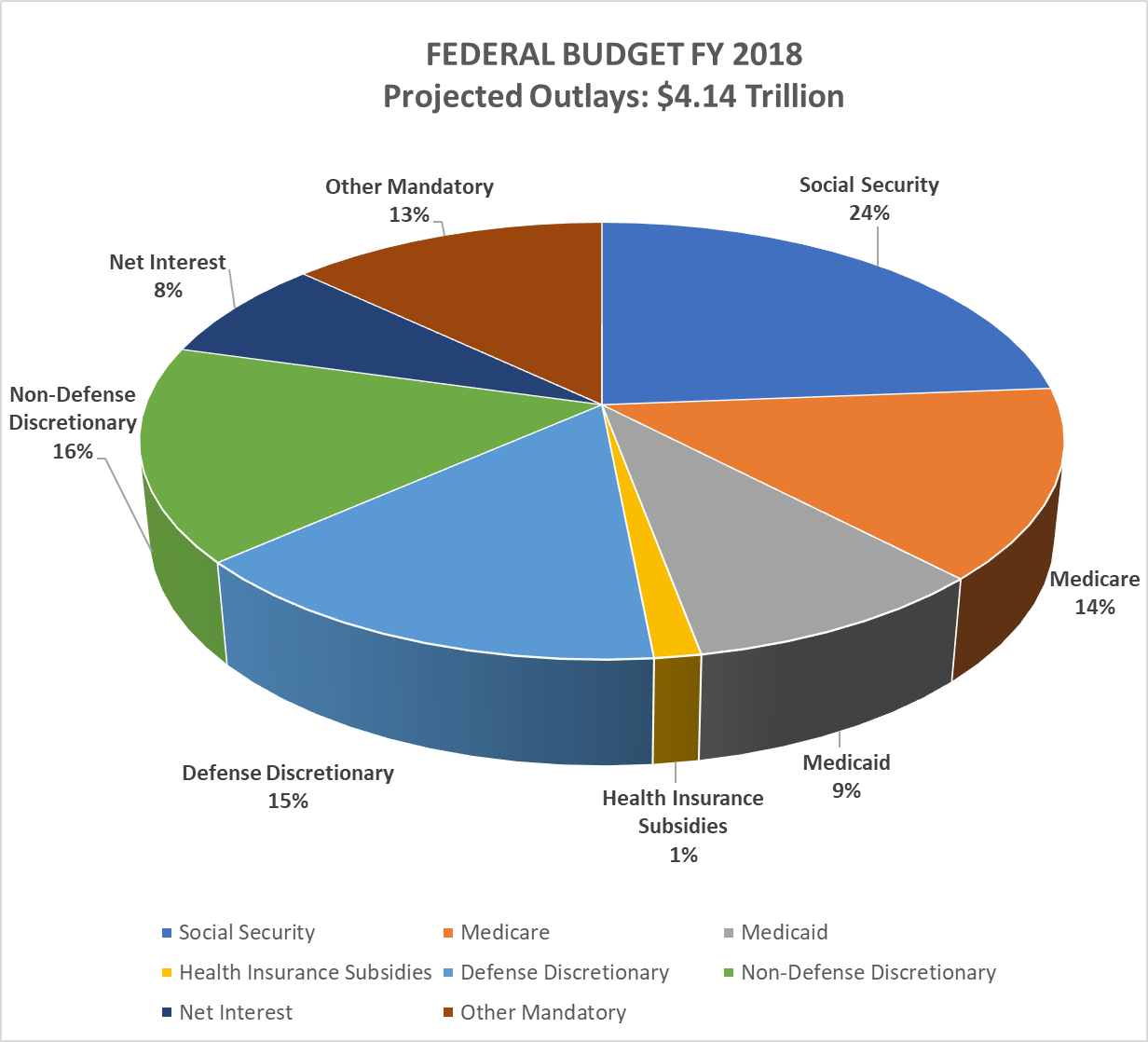

Lawmakers have often skipped this step in recent years, instead working out a series of two-year deals that increased spending caps that had been set by law.

The resolution is without force of law, and it doesn’t go to the president. The budget resolution is a blueprint that takes a holistic approach to spending, revenue, and the resulting deficit or surplus to govern internal decision-making. It outlines estimates for revenue and expenditures and details the administration’s policy and spending priorities. Pre-Publication of Final Rule - NCP Subpart J Product Schedule Listing and Authorization of Use Requirements (pdf) (2.Early each year, the White House proposes the level of spending for federal agencies and programs.Fact Sheet: Subpart J of the National Contingency Plan Product Listing and Authorization of Use - Final Rule (pdf) (285.47 KB).This final rule amends Subpart J requirements for chemical and biological agents, and other substances, to respond to oil spills in waters of the U.S., addressing the provisions of the 2015 proposal not addressed in the July 2021 final rule. In July 2021, EPA finalized the new provisions for environmental monitoring of dispersant use in response to major discharges and to certain dispersant use situations (86 FR 40234, July 27, 2021). The Agency has considered and addressed the over 81,000 comments received that offered a wide range of perspectives and scientific information. In January 2015, EPA proposed to amend Subpart J of the NCP to revise the existing product listing criteria, testing protocols, and authorization of use procedures, as well as to establish new provisions for dispersant monitoring (80 FR 3383, January 22, 2015).

The Deepwater Horizon incident raised questions about the challenges of making dispersant use decisions in response operations for certain atypical dispersant use situations. Additionally, approximately three quarters of a million gallons of dispersants were, for the first time, injected directly into the oil gushing from the well riser. Approximately one million gallons of dispersants were deployed on surface slicks over a three-month period on thousands of square miles of the Gulf of Mexico. The blowout discharged oil from one mile below the sea surface. In April 2010, the Deepwater Horizon underwater oil well blowout discharged significant quantities of oil into the Gulf of Mexico. requirements for adding products to the NCP Product Schedule.įederal Register: September 15, 1994: National Oil and Hazardous Substances Pollution Contingency Plan Final Rule.bioremediation agent testing protocols, and.surface washing agent testing protocol,.dispersant effectiveness and toxicity testing protocols,.The final rule amended Subpart J, establishing the current regulatory requirements with respect to: In 1994, EPA revised the NCP in response to the passage of the Oil Pollution Act of 1990. Notifying the public of when these chemical and biological agents are used in an emergency response.Clarifying responsibilities and procedures for authorizing the use of these products.Increasing access to information on product components.Establishing limitations and prohibitions on the use of certain agents.Requiring product manufacturers to provide more detailed product information, including health and safety information, to aid responders in evaluating whether to use specific products when responding to oil spills.Establishing a publicly available Sorbent Product List that is separate from the NCP Product Schedule.These amendments ensure that only products that perform effectively in laboratory testing will be listed on the NCP Product Schedule for use in mitigating the effects of oil discharges. Strengthening requirements for listing products on the NCP Product Schedule.Ensure that emergency responders have sufficient information to better inform an assessment of the overall ecological risks that can support authorization of use decisions for chemical and biological agents.Assist in better targeting the use of these products to reduce the risks of oil spills and response technologies to human health and the environment.Encourage the development of safer and more effective spill mitigating products.On May 31, 2023, EPA finalized product listing and authorization of use requirements under Subpart J of the National Oil and Hazardous Substances Pollution Contingency Plan for chemical or biological agents when responding to oil spills.


 0 kommentar(er)
0 kommentar(er)
